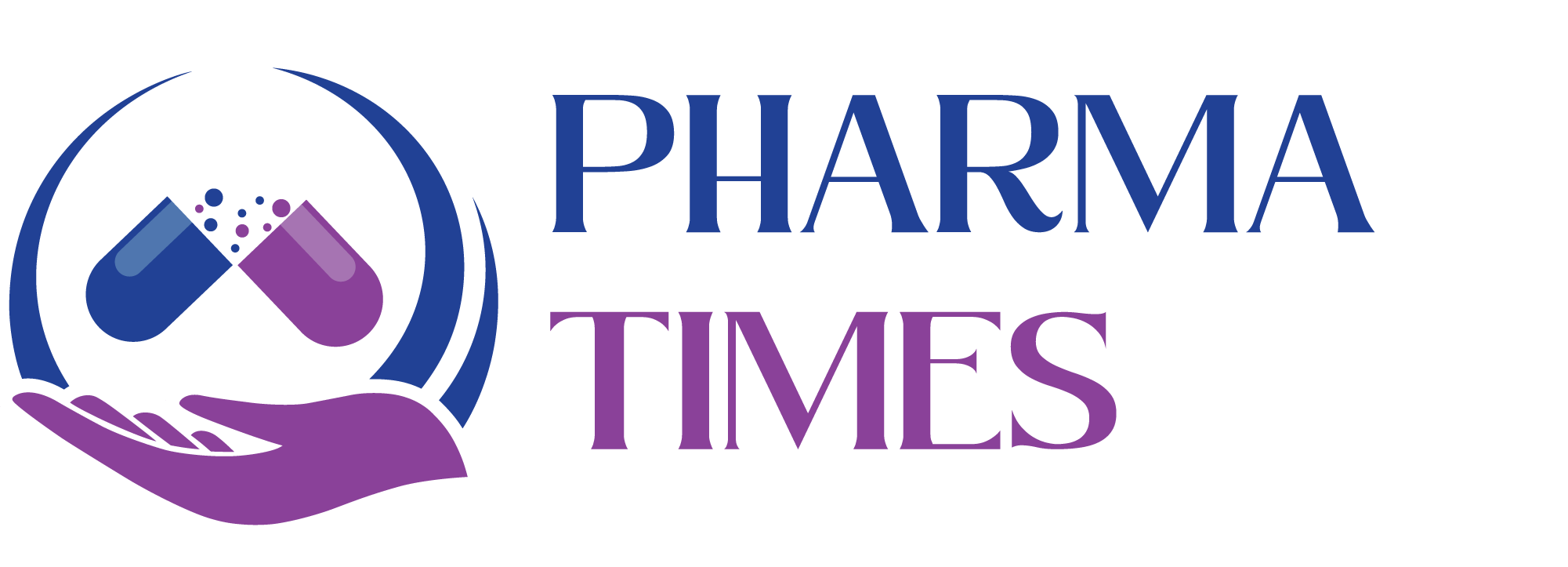Top 10 Interview questions about Melting point apparatus.

1. What is a Melting Point Apparatus?
A melting point apparatus is a device used to determine the melting point of a substance, usually to test the purity of solid organic compounds. It heats a small amount of sample in a capillary tube and visually or automatically detects the temperature at which it melts.
2. Why is the melting point important in chemical analysis?
The melting point helps identify a compound and assess its purity. Pure substances have a sharp melting point, whereas impure substances melt over a broader temperature range.
3. What types of Melting Point Apparatus are commonly used?
There are three main types:
- Manual (Visual) Apparatus
- Digital Melting Point Apparatus
- Automated Melting Point Systems
Digital and automated versions offer greater precision and ease of use.
4. Describe the procedure for determining melting point using a capillary method.
- Crush the sample to a fine powder.
- Fill a capillary tube with the sample.
- Insert the tube into the heating block of the apparatus.
- Gradually heat and observe the temperature at which the sample starts and finishes melting.
5. How does sample purity affect the melting point?
Impurities usually cause a lowering and broadening of the melting point range because they disrupt the regular lattice structure of the solid.
6. What is meant by “melting range”?
Melting range is the temperature interval between the point when the sample starts to melt and when it is completely liquefied. A narrow range (1–2 °C) typically indicates purity.
7. How can you calibrate a Melting Point Apparatus?
Calibration is done using substances with known melting points (e.g., USP standards). If discrepancies are found, the apparatus may need re-calibration or adjustment.
8. What are the possible sources of error in a melting point determination?
- Improper heating rate
- Too much sample in the tube
- Poorly packed sample
- Dirty or faulty capillary tubes
- Inaccurate thermometer or calibration
9. What is the ideal heating rate during melting point determination?
Typically, 1–2 °C per minute is recommended as the sample nears its expected melting point to ensure accuracy and prevent overshooting.
10. Can melting point analysis distinguish between two substances with similar melting points?
Not always. Substances with close melting points may need further analysis (like mixed melting point or spectroscopy) for proper identification.
🎓 Discover one of the best Quality Control courses available — click below to explore the course that’s shaping future QC skills.

